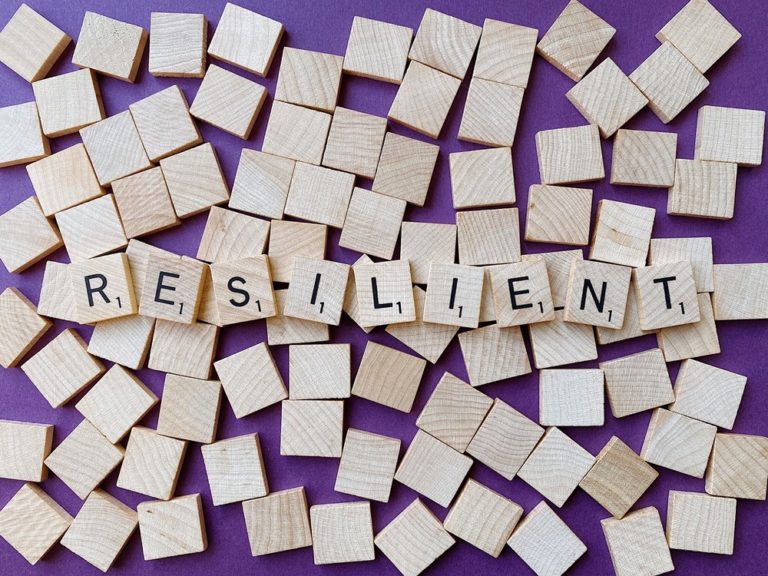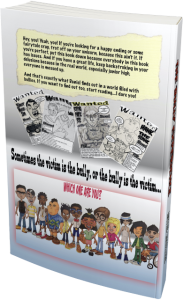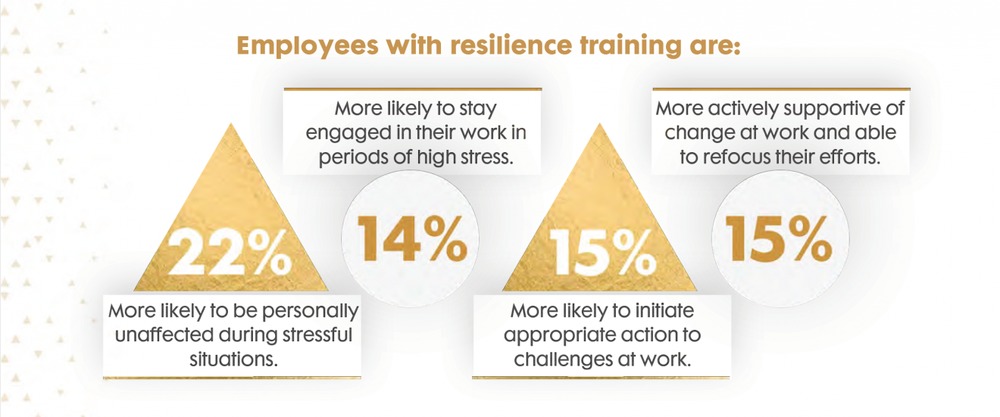How Can I Become More Resilient? (6 steps that will change your life)


By Antoine G Larosiliere
You may not realize this but, how can I become more resilient? is one of the most important questions you can ask.
Have you ever felt like adversity lingers on you just a little too long? Or perhaps maybe you don’t recover or turn the page on setbacks or disappointments as quickly as you would like? Maybe you’ve thought about asking the question, how can I become more resilient?; but you didn’t because you didn’t want to be perceived as weak. Now imagine if you didn’t have to ask, but rather the steps to a more resilient life were simply at your fingertips. Five years ago, I had to ask myself, How can I become more resilient?; but I couldn’t find the answers I was looking for. Eventually, I discovered these six steps that changed my life forever. You can become more resilient by first, identifying the problem. Then taking ownership of the “real” underlying problem and identify the destructive habit you partake in. Identify the benefits to the problem, then identify a goal and a specific activity that will help you achieve that goal.
“Psychologists define resilience as the process of adapting well in the face of adversity, trauma, tragedy, threats, or significant sources of stress, but it’s more than that.”
Humans tend to be resistant to change and harbor in their comfort zones, especially in the face of adversity. Without adaptation to these challenges, it’s almost impossible to thrive. Resilience helps some people stay cool under pressure. It helps others have a more positive outlook and deal with problems and stress better. According to a research, employees with resilience training are 22% more likely to be personally unaffected during stressful situations. Merriam-Webster defines resiliency as the ability to recover or adjust quickly to difficulties. Psychologists define resilience as the process of adapting well in the face of adversity, trauma, tragedy, threats, or significant sources of stress, but it’s more than that. What I’ve learned is that resiliency is the ability to embrace adversity with accountability, and use it to propel you to your greatness.
#1 Identify the problem
In life we’re often faced with a situation that affects us financially, emotionally, interpersonally or psychologically. Instead of just “going with the flow” and letting things figure themselves out; some of us prefer to act. It empowers us to meet these challenges with quick decisive decisions that can shape the present and future. To become more resilient we must first identify the problem. We do this by…
- Identify the emotion–Ask yourself if there are any ill or disturbing emotions or thoughts you are having? Example: I’m angry and frustrated.
- Identify the situation–Ask yourself “what is the situation that’s causing me to feel this way? Example: I’m angry and frustrated because I failed my midterm exam.
- Identify the cause–Ask yourself what caused this situation to happen? Example: I failed my midterm exam because the teacher made it too difficult.
- Realize this is not the real problem– Try to understand this is the surface problem, not the real problem.
“Fixing the real, underlying problem forces us to look inside ourselves. It is much easier to blame others for our problems and play victim; but real growth comes with accountability.”
#2 Own the “real” underlying problem
What many people don’t realize is that the initial problem they usually identify is not the correct one. What we tend to identify first is the “surface problem.” Attempting to solve or fix the surface problem doesn’t work. Temporarily the problem might go away for the moment, but it will eventually resurface. Fixing the real, underlying problem forces us to look inside ourselves. It is much easier to blame others for our problems and play victim; but real growth comes with accountability. To own the “real” underlying problem, we must…
- Identify your main contribution–Ask yourself, “what did I do that led to this problem?” Example: “Oh, I didn’t prepare or study long enough.”
Identify your other contributions–If there are multiple ways you contributed to the problem, write them all down. Example: “I failed the test because I also went to a party last night, didn’t wake up early enough, didn’t have a good breakfast ect..”

#3 Identify the habit
It’s not enough to accept ownership of the problem and discovering what your contributions were. We all are imperfect human beings and we all seem to come from some form of dysfunction. What we need to do next is discover how the dysfunction we all came from has permeated itself in our course of actions. We need to isolate those habits or flaws we have that are contributing to our poor decision making and lack of resilience. To do that we must…
- Make a list of recent problems– Create a list of your recent problems that were similar. Example: failed midterm, failed drivers exam, fired from job, got cut from the team.
- Identify each poor choice–Write down the poor choices you made that caused each problem. Example: didn’t study, didn’t practice, didn’t memorize the menu.
- Identify the pattern–which choices are repetitive and which choices aren’t.
- Identify the habit– Example: postponing personal health, placing expectations on others, trying to please everyone, being stubborn, playing victim/blaming others, hanging with the wrong people, staying in your comfort zone, saying yes to everything, seeking validation.
#4 Identify the benefits of the problem
There’s a quote by American author Joseph Sugarman who says, “each problem has hidden in it an opportunity so powerful that it literally dwarfs the problem. The greatest success stories were created by people who recognized a problem and turned it into an opportunity.” This is one of the greatest secrets to life; every problem has an even greater benefit. Our job is to look for that great benefit by committing to growth. We can do this by…
- Identify what you learned–Example: Ask yourself, “what did I learn from this?” or “What can I learn from this?”
- Identify how you can be better–Example: Ask yourself, “how can this make me better at ….?”
- Identify your purpose–Example: Ask yourself, “how will this put me in a position to make the world a better place?”
#5 Identify a goal
Once you have the right perspective to these problems, you’ll be motivated to take action. In other words, once you realize that these problems aren’t problems; they’re more like “blessings in disguise;” you will address these problems with renewed enthusiasm. The goal is to remove those bad habits and replace them with good habits. You will create short and long term goals that will help you internalize and incorporate these good habits to realize your blessings. To identify a goal we must…
- Turn your bad habit into a good habit– Example:( Always blaming others = Accept accountability) (Procrastinating = Get things done ahead of schedule) (Lazy = Be proactive)

#6 Identify the activity
Once you’ve identified the good habits you want to incorporate in your life, we need to identify the specific tasks or activities that will help us be successful. To have goals isn’t quite enough, you need smaller more measurable goals that will get you to your destination. To identify those smaller, more measurable goals, you must…
- Choose a specific activity that will help you reach your goal? Example: I will make it a point to study even when there isn’t an exam scheduled.
- Decide how often you will engage in this activity? Example: I will study Everyday from 6:30 am to 7:30am.
- Decide how long you will engage in this activity? Example: I will study everyday for the 3 months I have the course.
- How often will I measure the short term success of this activity? Example: At the end of every week, I will test my knowledge of the course.
- How often will I measure the long term success of this activity? Example: At the end of the course my grade should be no less than an A minus.
Support from family and friends also contributes to resilience. Resilient people usually have support that helps them through difficult times. Research has shown that even though some people are naturally more resilient, resiliency are behaviors that can be learned as well. I hope this has been helpful. Also visit my YouTube channel for more insight to these topics.
The Bully Experience "Daniel's Story"

Sign up for our newsletter and Read the novel For Free!
Stay updated. Sign up for our newsletter, and get the first two chapters of The Bully Experience Daniel’s Story absolutely free.
